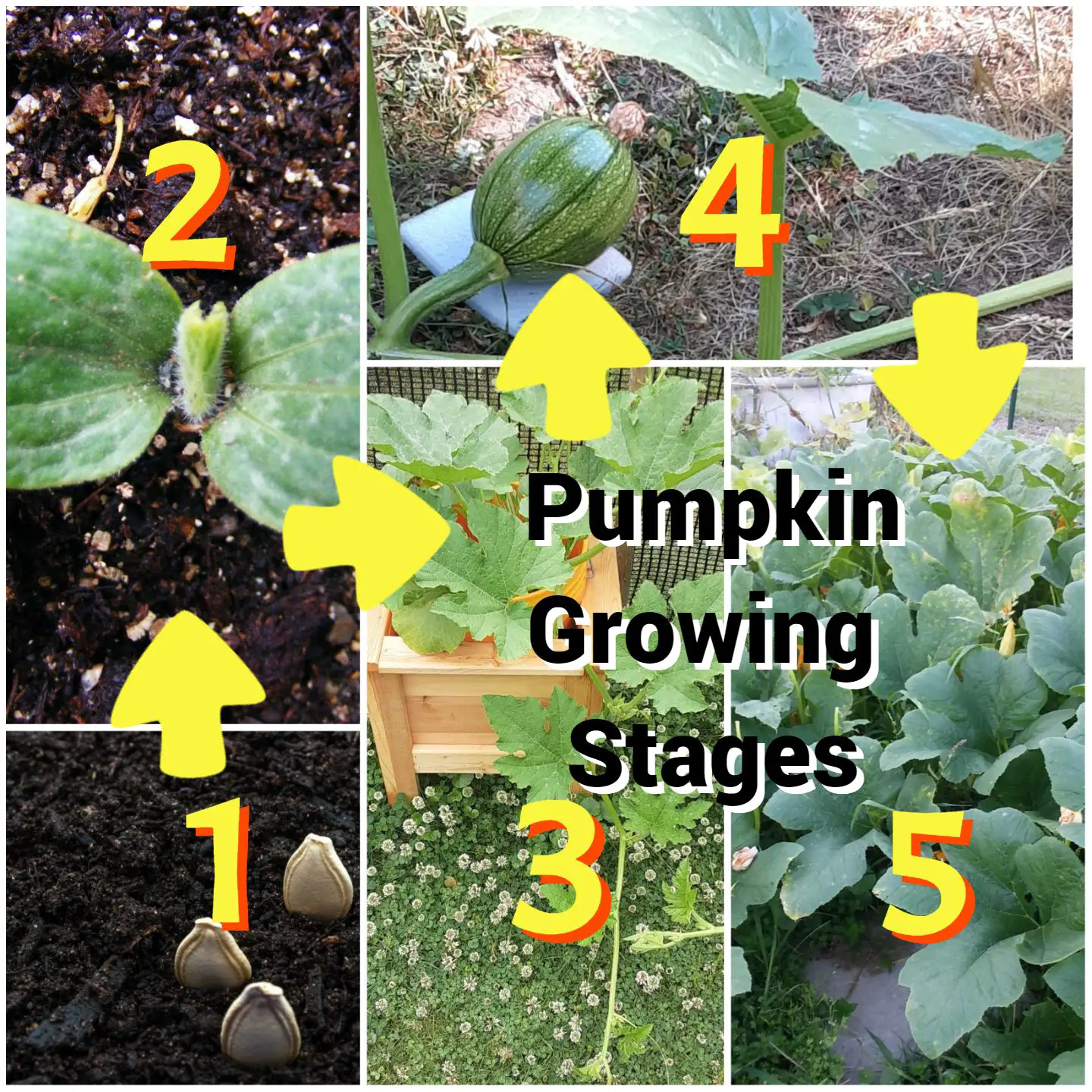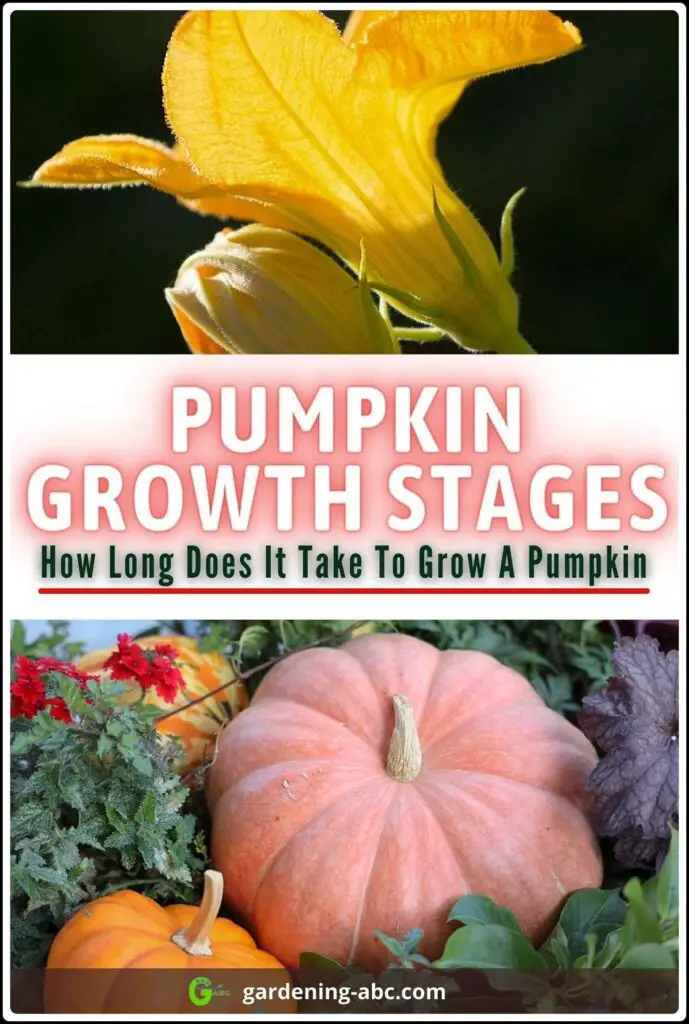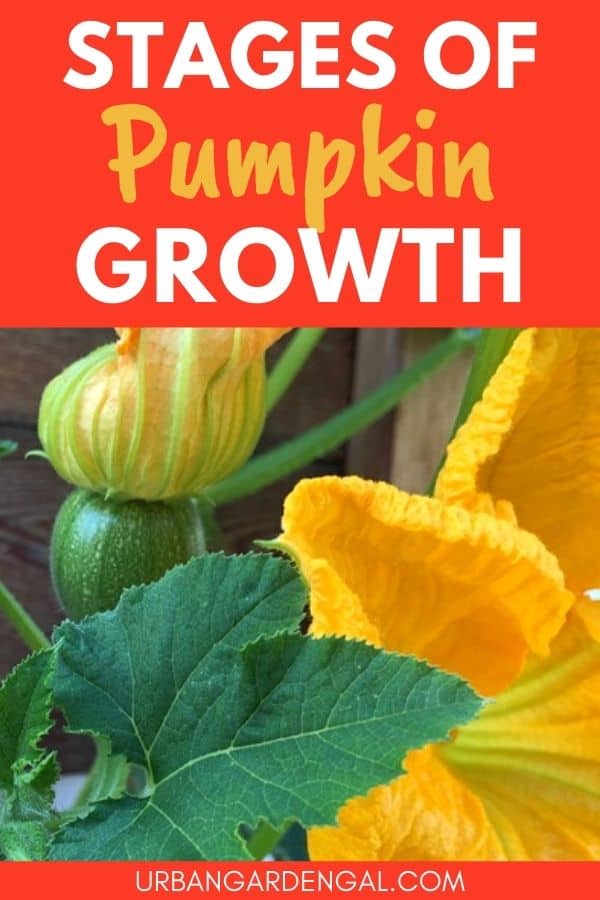Growth Stages Of A Pumpkin: A Comprehensive Guide For Every Gardener
Have you ever wondered about the fascinating growth stages of a pumpkin? Pumpkins are not just festive symbols for Halloween but also a rewarding crop for gardeners. Understanding the stages of pumpkin growth can significantly enhance your gardening experience and help you grow healthier, larger pumpkins.
Pumpkins belong to the Cucurbitaceae family, which also includes cucumbers, melons, and squash. They are warm-season plants that require specific conditions to thrive. Whether you're a beginner or an experienced gardener, learning about the growth stages of a pumpkin will equip you with the knowledge to cultivate them successfully.
In this article, we'll explore the complete lifecycle of a pumpkin, from seed to harvest. By the end, you'll have a thorough understanding of how pumpkins grow and develop, enabling you to maximize your garden's potential. Let's dive in!
Read also:Remote Execute Job Iot The Future Of Work In The Internet Of Things Era
Table of Contents
- Introduction
- Stage 1: Seed Germination
- Stage 2: Seedling Development
- Stage 3: Vine Growth
- Stage 4: Flowering
- Stage 5: Fruit Set
- Stage 6: Pumpkin Growth
- Stage 7: Ripening
- Stage 8: Harvesting
- Common Issues During Growth Stages
- Tips for Healthy Pumpkin Growth
- Conclusion
Stage 1: Seed Germination
The first stage in the growth stages of a pumpkin is seed germination. This is where the journey begins, and proper care at this stage sets the foundation for healthy pumpkin plants. Seeds require warmth and moisture to germinate successfully. Ideally, pumpkin seeds should be planted when soil temperatures reach at least 60°F (15°C).
Optimal Conditions for Germination
- Soil temperature: 60°F to 95°F (15°C to 35°C)
- Moisture level: Consistently moist but not waterlogged
- Depth: Plant seeds about 1 inch (2.5 cm) deep
Once planted, pumpkin seeds typically take 7 to 10 days to germinate. During this period, ensure the soil remains consistently moist and protected from extreme weather conditions. Seedlings will emerge with two small leaves known as cotyledons.
Stage 2: Seedling Development
After germination, the pumpkin plant enters the seedling development stage. During this phase, the plant focuses on establishing its root system and developing its first true leaves. Proper care during this stage is crucial for the plant's future growth.
Key Factors for Seedling Growth
- Watering: Water the plants deeply but avoid overwatering
- Fertilization: Use a balanced fertilizer with higher nitrogen content
- Weed control: Keep the area around the seedlings free from weeds
As the seedlings grow, they will develop more leaves and strengthen their roots. This stage typically lasts 2 to 3 weeks, depending on the variety and growing conditions.
Stage 3: Vine Growth
Once the seedlings have established themselves, the pumpkin plant enters the vine growth stage. During this phase, the plant focuses on extending its vines and producing more leaves. This is a critical stage for photosynthesis, as the leaves produce the energy needed for fruit development.
Tips for Vine Management
- Provide ample space for vines to spread
- Prune excess vines to focus energy on fruit production
- Mulch around the base of the plant to retain moisture
Proper vine management ensures that the plant allocates its resources efficiently. This stage can last several weeks, depending on the pumpkin variety and environmental conditions.
Read also:Telugu Movierulz The Ultimate Guide To Understanding And Exploring The Phenomenon
Stage 4: Flowering
The flowering stage is one of the most exciting phases in the growth stages of a pumpkin. During this time, the plant produces both male and female flowers. Male flowers appear first, followed by female flowers, which have a small swelling at their base that will eventually develop into a pumpkin.
Pollination Process
- Attract pollinators like bees to your garden
- Hand-pollinate if necessary to ensure successful fruit set
- Avoid using pesticides that harm pollinators
Pollination is essential for fruit development. Without successful pollination, the female flowers will drop off, and no pumpkins will form. Encouraging pollinator activity in your garden can significantly improve your pumpkin yield.
Stage 5: Fruit Set
After successful pollination, the pumpkin plant enters the fruit set stage. During this phase, the small swelling at the base of the female flower begins to grow into a young pumpkin. Proper care during this stage ensures that the fruit develops properly.
Factors Influencing Fruit Set
- Adequate water supply
- Sufficient nutrients in the soil
- Protection from pests and diseases
At this stage, the plant diverts its energy from vine growth to fruit development. It's important to monitor the plants closely to ensure they receive the necessary resources for healthy fruit growth.
Stage 6: Pumpkin Growth
Once the fruit has set, the pumpkin enters its growth phase. During this stage, the pumpkin rapidly increases in size and weight. The plant continues to produce energy through photosynthesis, which is then used to fuel the growth of the fruit.
Optimizing Pumpkin Growth
- Provide consistent water and nutrients
- Prune excess vines to focus energy on fruit growth
- Protect the fruit from pests and diseases
This stage can last several weeks, depending on the pumpkin variety. It's essential to monitor the plants regularly to ensure they receive the necessary care for optimal growth.
Stage 7: Ripening
As the pumpkin approaches maturity, it enters the ripening stage. During this phase, the fruit develops its characteristic color and hardens its skin. Proper ripening ensures that the pumpkin is ready for harvest and storage.
Signs of Ripeness
- Deep, uniform color
- Hard, thick skin that resists scratching
- Vines begin to dry and wither
Ripening typically occurs in late summer or early fall, depending on the planting date and growing conditions. It's important to allow the pumpkins to fully ripen on the vine for the best flavor and storage quality.
Stage 8: Harvesting
The final stage in the growth stages of a pumpkin is harvesting. Once the pumpkins have fully ripened, it's time to harvest them. Proper harvesting techniques ensure that the pumpkins are ready for use or storage.
Harvesting Tips
- Cut the pumpkin from the vine with a sharp knife, leaving a few inches of stem attached
- Avoid damaging the skin during harvest
- Cure the pumpkins in a warm, dry place for 1 to 2 weeks
Proper curing helps extend the storage life of the pumpkins, making them suitable for use throughout the fall and winter months.
Common Issues During Growth Stages
While growing pumpkins, gardeners may encounter various issues that can affect plant health and fruit development. Understanding these challenges and how to address them is essential for successful pumpkin cultivation.
Pest and Disease Management
- Monitor for common pests like squash bugs and cucumber beetles
- Use organic or chemical controls as needed
- Practice crop rotation to reduce disease risk
Pests and diseases can significantly impact pumpkin growth. Regular inspections and timely interventions can help prevent major problems.
Tips for Healthy Pumpkin Growth
To ensure healthy pumpkin growth, consider the following tips:
- Choose the right pumpkin variety for your climate
- Prepare the soil with plenty of organic matter
- Provide consistent water and nutrients throughout the growing season
- Practice good garden hygiene to prevent pest and disease outbreaks
By following these tips, you can create an ideal environment for pumpkin growth and enjoy a bountiful harvest.
Conclusion
In conclusion, understanding the growth stages of a pumpkin is essential for successful cultivation. From seed germination to harvest, each stage plays a crucial role in the plant's development. By providing the necessary care and attention, you can grow healthy, vibrant pumpkins that are perfect for decoration, cooking, or storage.
We encourage you to share your pumpkin-growing experiences in the comments below. Additionally, feel free to explore other gardening articles on our site for more tips and tricks. Happy gardening!
Article Recommendations


